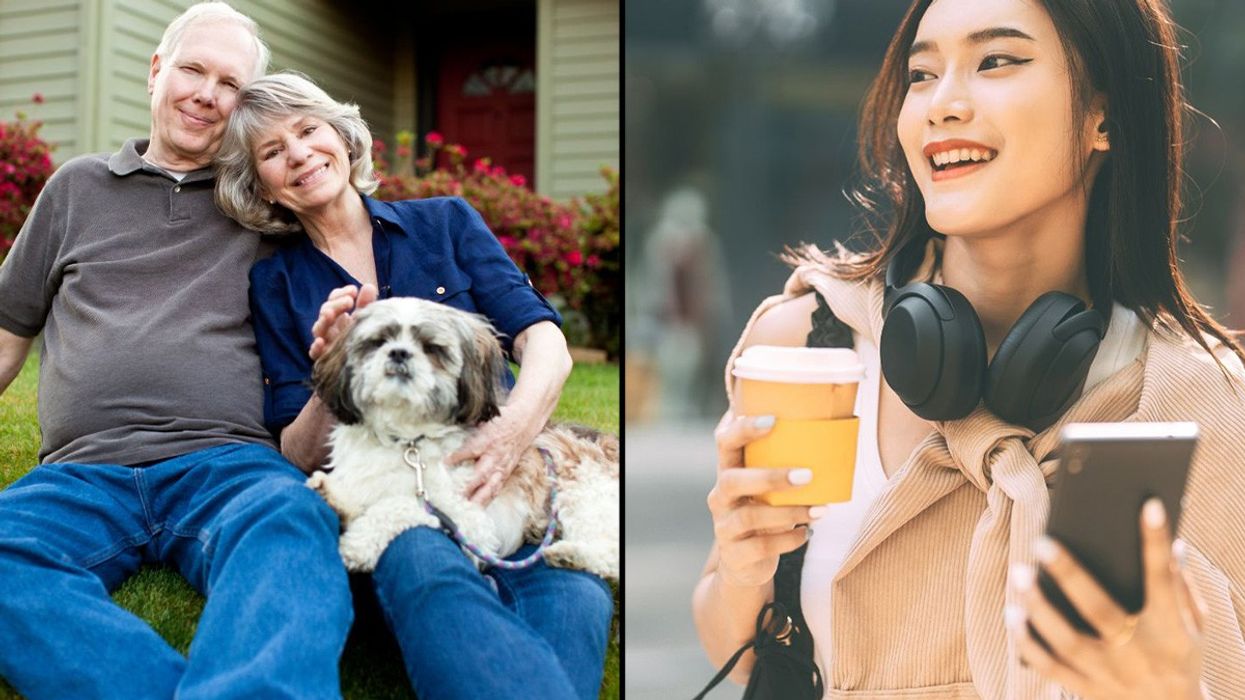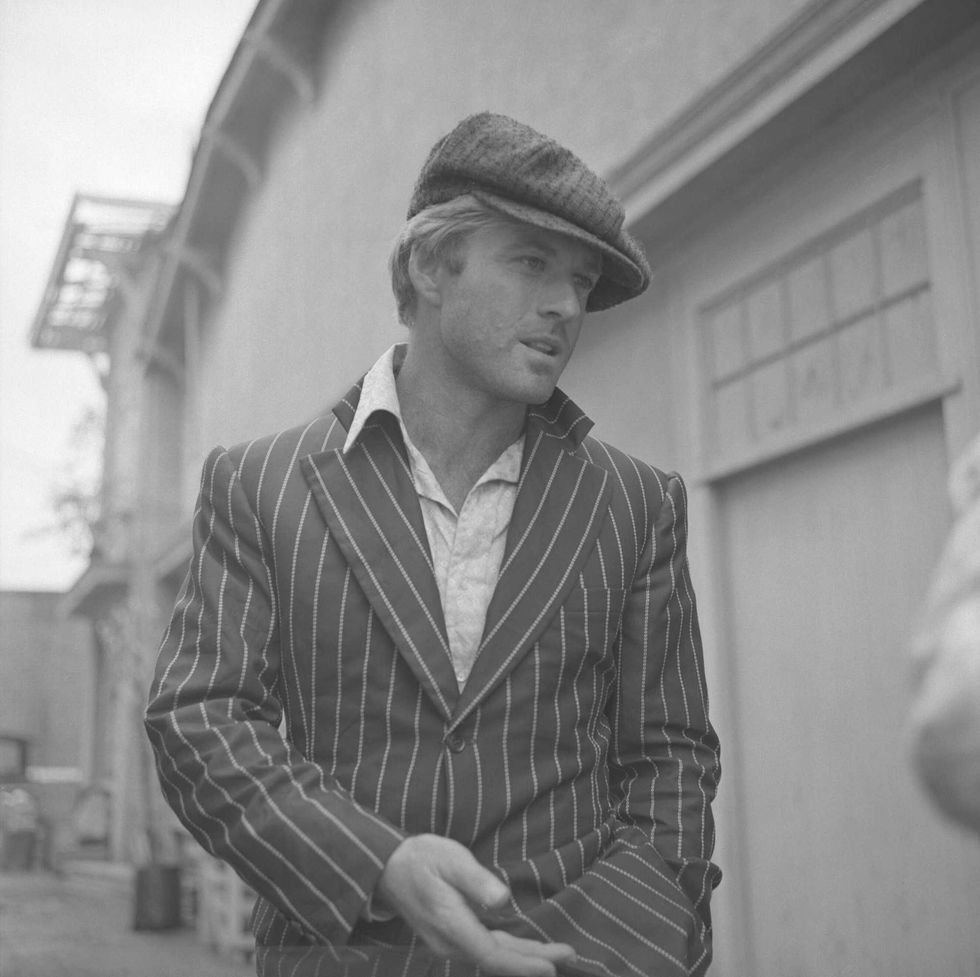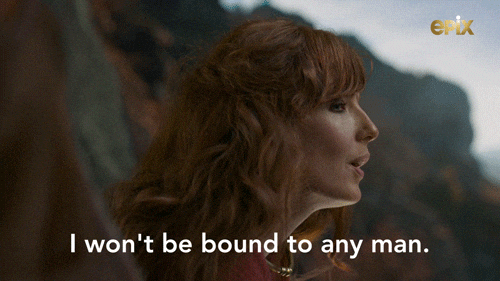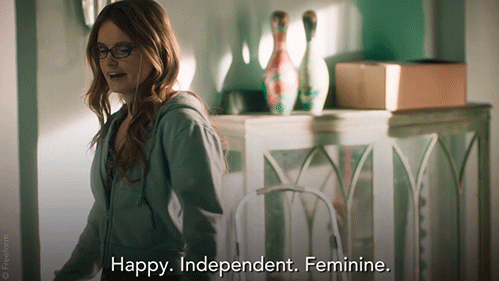This fall, the United Nations is set to turn the whole world into a task force when it officially unveils its list of 17 extraordinary objectives, which it has designated the Sustainable Development Goals. (You may have heard them referred to as the global goals, too.) Whatever you call it, it’s an audacious agenda—effectively an action plan for solving all of the world's most difficult problems by 2030.
The United Nations didn't arrive at this to-do list lightly. The UN Foundation’s Deputy CEO Ambassador (Ret) Elizabeth Cousens—former U.S. Representative to the United Nations Economic and Social Council and lead U.S. negotiator on the Post-2015 Development Agenda—is well-versed in delicate peacekeeping negotiations; she describes the years-long process of aligning nearly 200 world leaders on a single pathway to the future as nothing short of a brazen act of diplomacy.
“We all came with preferences… with presumptions and assumptions about what would make sense to include. But we shared the underlying conviction that it would be better to arrive at a common outcome.” Cousens recalls that discussions about goal 16—to “promote peaceful and inclusive societies for sustainable development, provide access to justice for all and build effective, accountable and inclusive institutions at all levels” as being particularly heated.
“There’s been a long-standing view that the worlds of politics, peace, and security are different from the world of development,” she says. “There was a nervousness that opening the door to these issues would be more politically sensitive for some regions. But in fact, the strongest advocacy for goal 16 came from countries that had been through civil wars or other deep internal turmoil—Liberia, for example, or Sierra Leone. These leaders were very forceful advocates that when setting goals for development issues, you could not neglect peace.”
[quote position="full" is_quote="true"]By defining our goal more clearly, by making it seem more manageable and less remote, we can help all people to see it, to draw hope from it and to move irresistibly towards it.[/quote]
One of history's most ambitious goal-setters, John F. Kennedy, described way back in 1963 why these kinds of endeavors matter so much: "By defining our goal more clearly, by making it seem more manageable and less remote, we can help all people to see it, to draw hope from it and to move irresistibly towards it."
But let's face it. We live in the real world, one where time, money, and willpower are limited resources. Of course, in the abstract, it sounds like a great idea to eradicate poverty for everyone; stop climate change in its tracks; undo inequality and injustice. But who on earth is actually going to make all that happen, let alone in 15 years or less?
Well, that's what we here at GOOD aim to find out. The thing is, we don't think global change has to be a far-off dream. It's already happening, right now, every day, thanks to the efforts of some truly committed individuals. We like to call them The Local Globalists. These social entrepreneurs, nonprofit founders, and other innovators are doing the hard work that needs to be done, wherever they are, with an eye toward global change. We'll hear directly from 17 of them in the coming months to find out how they’re turning the global goals into reality. We’ll also get some practical actions each of us can take to help move the world forward.
Cousens, by the way, wouldn't say the global goals are too lofty or theoretical. “Serious, credible people—from scientists to economists to presidents to prime ministers—think that it is a realizable endeavor to lift everybody in the world above the extreme poverty threshold in a generation… There are many diseases we can wipe off the map. If we act now, we can save the environment, [especially now that our goals are so targeted.] There are foundational investments we make in all economies to help them grow in an inclusive way.”
The Sustainable Development Goals are an extension of the Millennium Development Goals, another to-do list for the world that the U.N. has been encouraging global leaders to tackle since the year 2000. Results have been encouraging, but frustrating too, which is why this next phase of global goals is more inclusive and more precisely drafted—and why the efforts to get the word out have been much expanded.
Adds Cousens: “We have learned an enormous amount over the last generation of work, not just on development but when thinking about real policy challenges across societies—at a city level, nationally, and globally. I think there’s a really exciting terrain ahead, if a challenging one. We’ll have to redouble our efforts, stay focused on our priorities, and really look for the most innovative ways to make good on the promises of this new agenda.”
In short? It's time to get it together, world. Let's do this.

















 Robert Redford advocating against the demolition of Santa Monica Pier while filming "The Sting" 1973
Robert Redford advocating against the demolition of Santa Monica Pier while filming "The Sting" 1973


 Image artifacts (diffraction spikes and vertical streaks) appearing in a CCD image of a major solar flare due to the excess incident radiation
Image artifacts (diffraction spikes and vertical streaks) appearing in a CCD image of a major solar flare due to the excess incident radiation

 Ladder leads out of darkness.Photo credit
Ladder leads out of darkness.Photo credit  Woman's reflection in shadow.Photo credit
Woman's reflection in shadow.Photo credit  Young woman frazzled.Photo credit
Young woman frazzled.Photo credit 
 A woman looks out on the waterCanva
A woman looks out on the waterCanva A couple sits in uncomfortable silenceCanva
A couple sits in uncomfortable silenceCanva Gif of woman saying "I won't be bound to any man." via
Gif of woman saying "I won't be bound to any man." via  Woman working late at nightCanva
Woman working late at nightCanva Gif of woman saying "Happy. Independent. Feminine." via
Gif of woman saying "Happy. Independent. Feminine." via